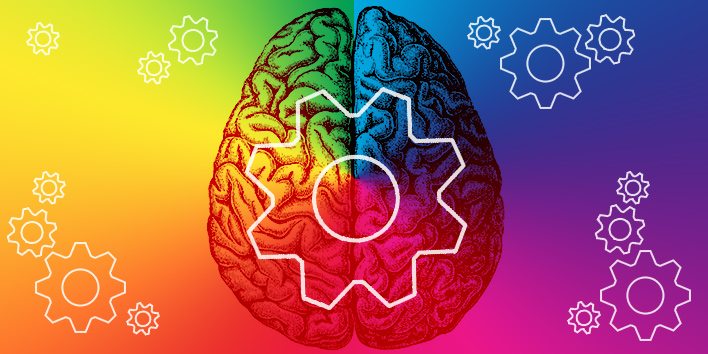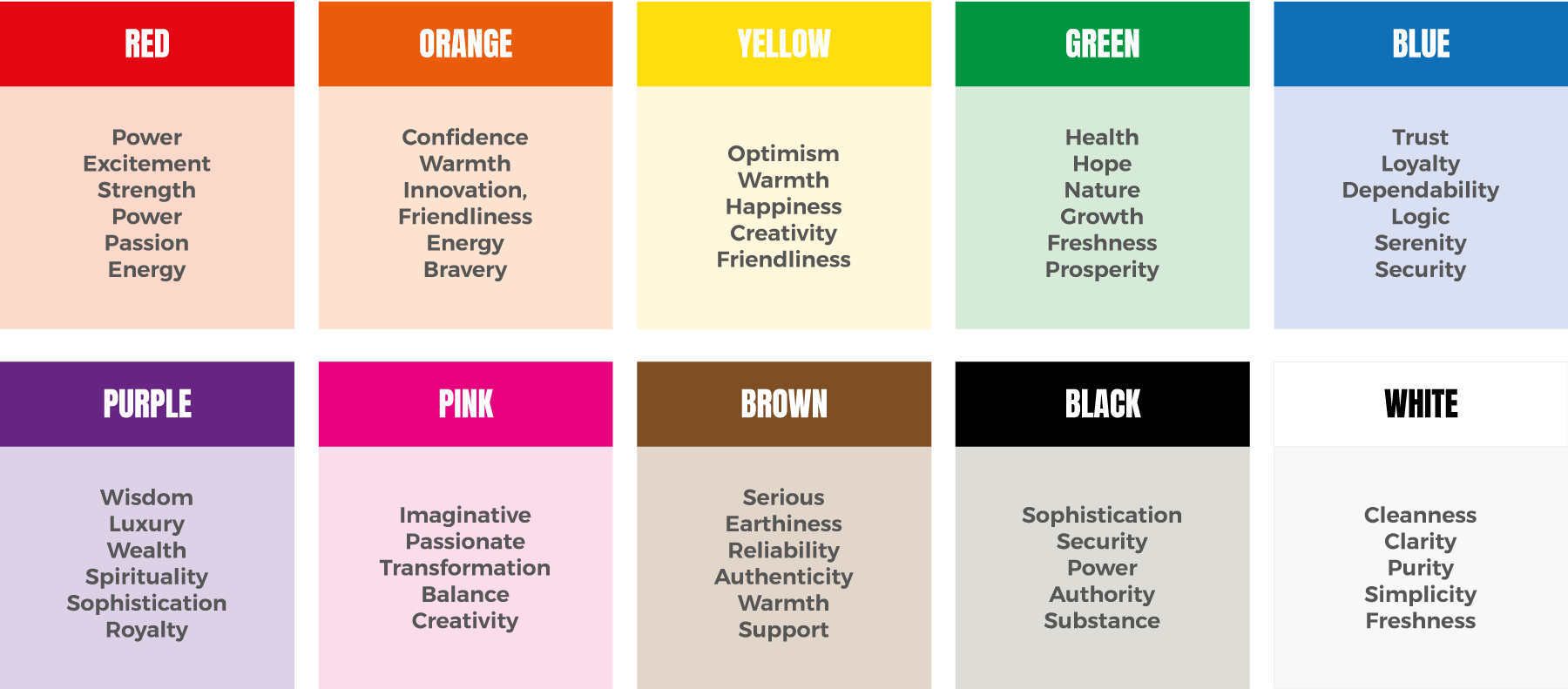Color can have a strong impact on our emotions and behaviors. Different hues can evoke different feelings and associations and can be used effectively in design, marketing, and other areas to elicit specific responses from viewers.
Perception of Color
The perception of color activates various areas of the brain, including the visual cortex, which is responsible for processing visual information from the eyes. However, color also activates other areas of the brain beyond the visual cortex, including areas involved in emotion, memory, and attention.
For example, research has shown that looking at certain colors can activate the amygdala, a region of the brain involved in emotional processing. This may explain why certain colors can evoke specific emotions in some people.
Color can also affect memory and attention. Research has shown that people are more likely to remember information presented in color, and certain colors can be more effective at grabbing and holding attention. For example, studies have found that red is more effective at capturing attention than other colors, possibly because it is associated with danger and arousal.
The effects of color on the brain are complex and multifaceted and can involve multiple areas of the brain beyond just the visual cortex. The specific effects of different colors on the brain can also vary widely depending on the individual and the context in which the colors are presented.
How Color Can Affect The Brain:

- Color can influence our emotions: Different colors can evoke different emotions in people. For example, red is often associated with passion, energy, and excitement, while blue is associated with calmness, serenity, and trust. These associations are not universal but common and can influence how we feel when we see different colors.
- Color can affect memory and attention: Research has shown that people are more likely to remember information presented in color, and certain colors can be more effective at grabbing and holding attention. For example, studies have found that red is more effective at capturing attention than other colors, possibly because it is associated with danger and arousal.
- Color can influence behavior: Some research has suggested that the colors we see can influence our behavior and decision-making. For example, one study found that people were likelier to choose healthy snacks when presented in a green container, possibly because green is often associated with health. Similarly, research has found that blue can reduce appetite, possibly because it is associated with calmness and serenity.
- Color can affect our perception of time: Some research has suggested that the colors we see can influence our perception of time. For example, one study found that people perceived a task to take longer when completed in a red environment compared to a blue environment. This may be because red is often associated with danger and arousal, making time seem to pass more slowly.
Psychological Effects Of Color

The psychological effects of color are complex and can be influenced by various factors, including personal experiences, cultural background, and context. Here is a more detailed overview of the psychological effects of some common colors:
- Red: Red is often associated with strong emotions such as passion, love, and anger. It can also stimulate the body and increase heart rate and respiration. In design and marketing, red can be used to grab attention and convey a sense of urgency or importance. It can also increase appetite and make people feel more energized. Red can also be attention-grabbing and can increase feelings of intensity and urgency. It can be used to grab attention and create a sense of excitement, but it can also be overwhelming if used excessively.
- Orange: Orange is often associated with warmth, happiness, and energy. It is also associated with playfulness and friendliness. Orange can be used to convey a sense of fun and excitement and can also increase feelings of warmth and comfort. However, it can also be overwhelming or cheap in some contexts.
- Yellow: Yellow is often associated with happiness, cheerfulness, and warmth. It is also associated with caution and can be used to grab attention. In design, yellow can be used to convey a sense of optimism and positivity. Yellow can also be associated with caution and can be used to grab attention. However, too much yellow can be overwhelming and evoke anxiety or discomfort. Yellow can also be associated with cowardice or deceit in some cultures.
- Green: Green is often associated with nature, growth, and tranquility. It is also associated with calm and balance. In design, green can convey a sense of harmony and relaxation. Green can also be associated with health and healing. It can be used to create a sense of harmony and balance, but it can also be associated with envy or jealousy in some cultures.
- Blue: Blue is often associated with tranquility, trust, and reliability. It is also associated with intelligence and calmness. In design, blue can be used to convey a sense of reliability and trustworthiness. It can also have a calming effect on the body and can lower heart rate and blood pressure. Blue can create a sense of calm and stability, but it can also be associated with coldness or aloofness in some contexts.
- Purple: Purple is often associated with luxury, creativity, and spirituality. It is also associated with magic. In design, purple can be used to convey a sense of sophistication and luxury. It has also been shown to have a relaxing effect on the body and can reduce feelings of anxiety and stress. It can create a sense of mystery or creativity, but it can also be associated with sadness or melancholy in some cultures.
These are generalizations, and the effects of color can vary greatly depending on personal preferences and cultural background. Colors can have different meanings and associations in different cultures and contexts. For example, in Western cultures, red is often associated with danger or passion, while in some Eastern cultures, it is associated with happiness and good fortune. The psychological effects of colors on people’s moods and behaviors have been studied in the field of color psychology, a subfield of psychology that investigates how colors affect our perception and behavior.
Tags: Psychology of Color, How Color Affects on Mood, Color Affects on Behavior
